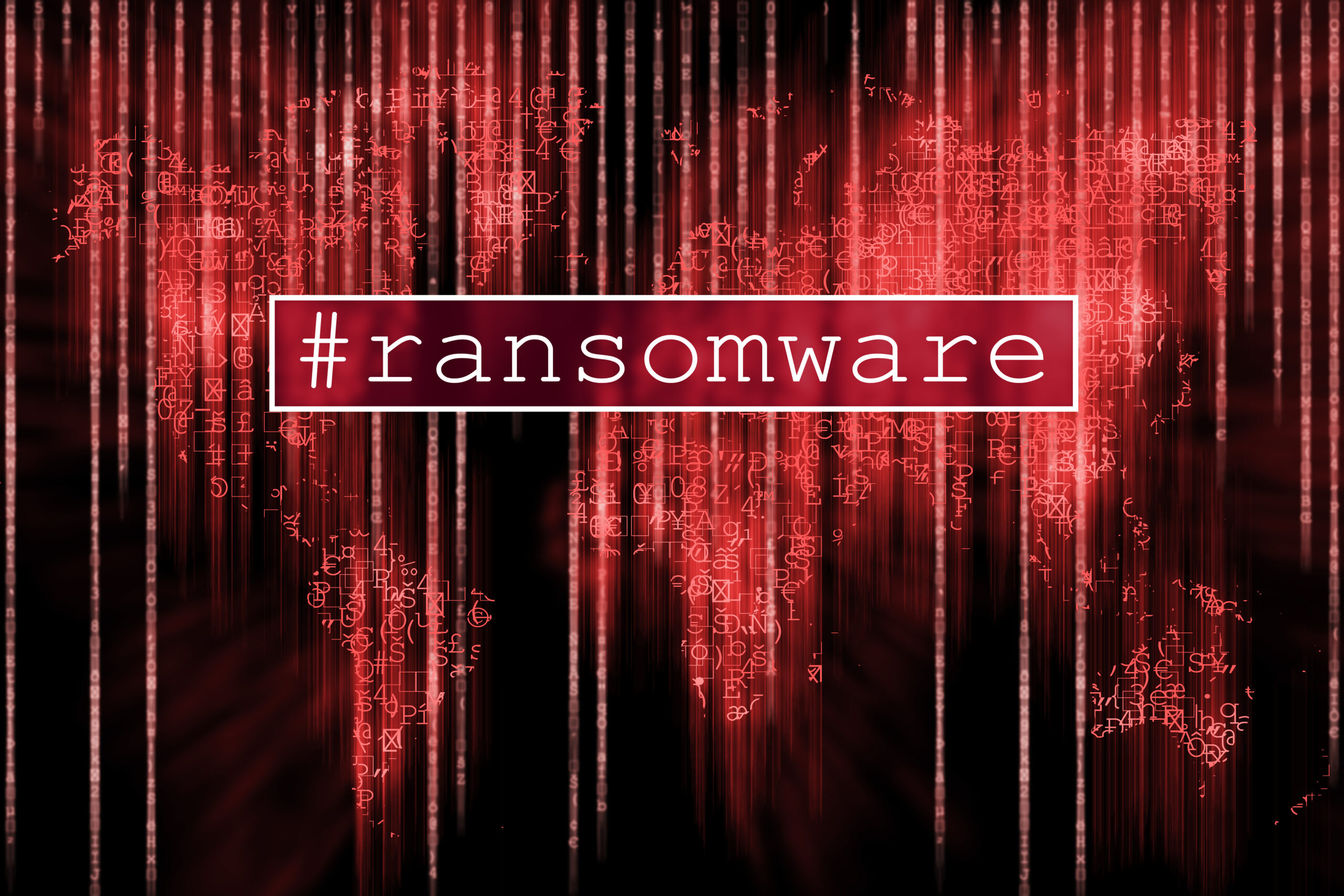Why Small Businesses Are Easy Targets for Hackers
Cybercriminals are increasingly targeting small and mid-sized businesses (SMBs) with ransomware attacks, and the trend is growing alarmingly. A 2024 report by IBM revealed that the average cost of a ransomware attack is $4.88 million (a 10% increase from last year), including ransom payments, lost revenue, and recovery costs. Are SMBs, with fewer resources than large enterprises, becoming primary targets? The answer lies in a combination of factors that make smaller businesses appear more accessible to cybercriminals.
5 Key Reasons Why Cyber Attacks on Small Businesses Are Rising
Understanding why small businesses are in the crosshairs can help them take the necessary steps to protect themselves. Below are the top five reasons why SMBs are prime targets.
1. Perceived Weaker Security Defenses
Cybercriminals often view small businesses as low-hanging fruit due to their limited IT budgets and less sophisticated security. Many SMBs lack dedicated cybersecurity teams, relying instead on staff or general IT personnel, who may not have the expertise to defend against advanced ransomware attacks. According to the 2024 Verizon Data Breach Investigations Report (DBIR), 61% of SMBs experienced a cyberattack in the past year.
Pro Tip: Implement multi-factor authentication (MFA) and endpoint protection software to add extra layers of security and make it more challenging for attackers to breach your defenses.
2. Inadequate Employee Training
One of the most common entry points for ransomware is through phishing emails, and small businesses are more susceptible due to insufficient employee training. Many SMBs do not prioritize cybersecurity awareness, leaving employees unaware of the dangers of clicking on malicious links or downloading suspicious attachments.
Pro Tip: Regularly conduct training sessions and phishing simulations to educate employees on how to identify and report suspicious emails. Awareness is the first line of defense.
3. Lack of Incident Response Planning
Many small businesses do not have a formal incident response plan in place, making them ill-prepared to react when a ransomware attack occurs. This lack of preparation can lead to longer downtime, higher costs, and a greater likelihood of paying the ransom to recover critical data.
Pro Tip: Develop a comprehensive incident response plan that includes steps for identifying, containing, and eradicating ransomware. Regularly update and test the plan to ensure its effectiveness.
4. Growing Dependence on Cloud Services
Small businesses are increasingly turning to cloud services for data storage and operations. While cloud services offer many advantages, they can also create security vulnerabilities if not configured correctly. Misconfigured cloud settings can expose sensitive data, making it easier for cybercriminals to deploy ransomware.
Pro Tip: Regularly audit cloud configurations to ensure proper security settings and limit access permissions based on user roles to minimize exposure.
5. Financial Motivation for Cybercriminals
Unlike large enterprises that may have robust financial protections, SMBs are more likely to pay ransom demands quickly to recover data and resume operations. Cybercriminals understand this, making small businesses a lucrative target. The State of Ransomware 2024 report by Sophos noted that 46% of small businesses affected by ransomware paid the ransom, compared to just 30% of larger organizations.
Pro Tip: Back up critical data regularly and store backups in a location separate from your main network. This can help you recover your data without paying a ransom.
How to Protect Your Small Business from Ransomware
Protecting your business from ransomware starts with a multi-layered security approach. Implementing Zero Trust principles—where no device or user is trusted by default—combined with employee training, regular software updates, and strong endpoint protection are all crucial steps. Investing in robust cybersecurity measures, even if it means stretching your budget, can save your business from the far-reaching impacts of a ransomware attack.
Conclusion
Small and mid-sized businesses are facing increasing threats from ransomware attacks, but understanding why these businesses are targeted can help you implement effective defenses. Focus on strengthening your security posture by adopting multi-layered security practices, training your team, and planning for potential incidents. By taking these steps, your business can reduce its vulnerability and ensure it is better equipped to handle cyber threats.
References:
- IBM. (2024). Cost of a Data Breach Report. Retrieved from IBM Cost of a Data Breach Report.
- Verizon. (2024). Data Breach Investigations Report (DBIR). Retrieved from Verizon DBIR 2023.
- Sophos. (2023). The State of Ransomware 2023. Retrieved from Sophos The State of Ransomware 2024.



